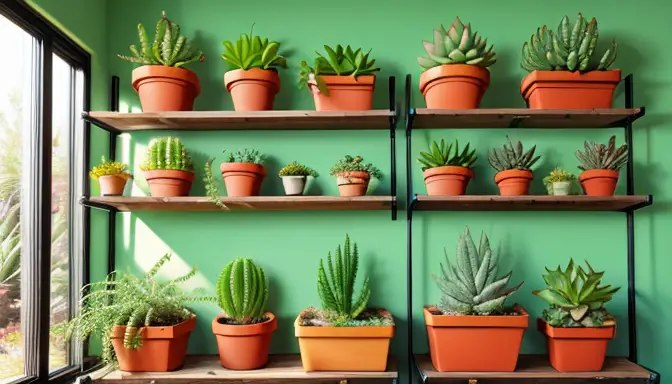
When it comes to growing succulents indoors, choosing the right plants can make all the difference. Not all succulents are created equal, and some are much easier to care for than others. If you’re new to indoor gardening or simply looking for low-maintenance greenery to brighten up your space, these top succulents are perfect for you:
- Aloe Vera: Renowned for its healing properties and air-purifying abilities, Aloe Vera is a resilient succulent that thrives with minimal watering and indirect sunlight.
- Snake Plant: With its striking appearance and ability to survive in low light conditions, the Snake Plant is practically indestructible, making it an ideal choice for forgetful plant owners.
- Jade Plant: Symbolizing luck and prosperity, the Jade Plant is a sturdy succulent that loves well-draining soil and indirect sunlight.
- Zebra Plant: Featuring eye-catching striped leaves, the Zebra Plant requires moderate light and infrequent watering, making it a stunning addition to any indoor space.
- Burro’s Tail: Known for its trailing stems and chubby leaves, the Burro’s Tail thrives in bright, indirect light and needs minimal watering to prevent root rot.
- Hens and Chicks: These adorable succulents are easy to propagate and can withstand neglect, making them perfect for beginners or those with busy schedules.
- Panda Plant: Named for its fuzzy texture, the Panda Plant is a drought-resistant succulent that prefers well-draining soil and indirect sunlight to flourish indoors.
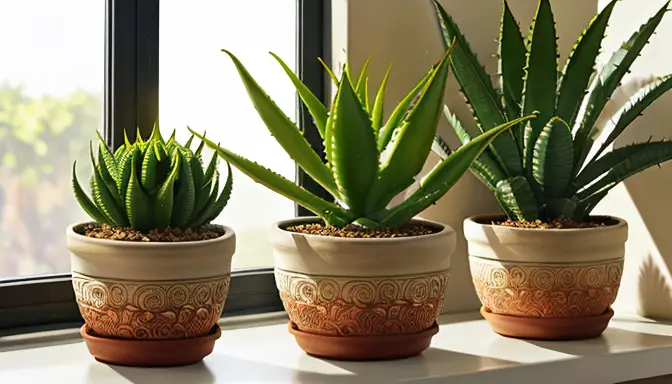
Aloe Vera
Aloe Vera, also known as the “wonder plant,” is a popular succulent with a myriad of benefits. Its soothing gel is a go-to remedy for sunburns and skin irritations, making it a must-have in any household. But did you know that Aloe Vera is also a low-maintenance plant that thrives indoors with minimal care?
This hardy succulent requires infrequent watering and can tolerate some neglect, making it perfect for busy individuals or forgetful plant owners. Placing your Aloe Vera in bright, indirect light will keep it happy and healthy.
Whether you’re a beginner looking to dip your toes into the world of indoor gardening or a seasoned plant enthusiast, Aloe Vera is a versatile and easy-to-grow option.
Its air-purifying properties also make it a great addition to any space, promoting a healthier indoor environment..
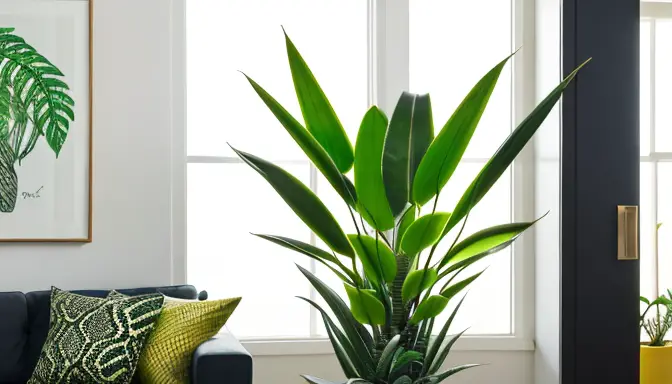
Loading... Seconds Left for
Miniature Orchid Terrarium Gallery!

Snake Plant
The Snake Plant, also known as Sansevieria or Mother-in-Law’s Tongue, is a popular choice for indoor plant enthusiasts. Its distinctive upright leaves make it a striking addition to any room, adding a touch of elegance and greenery. One of the most appealing features of the Snake Plant is its resilience and ability to thrive in low light conditions, making it a perfect option for those who may forget to water their plants regularly. This hardy succulent is virtually indestructible, making it an ideal choice for beginners or busy individuals looking to add some greenery to their living spaces without much effort.
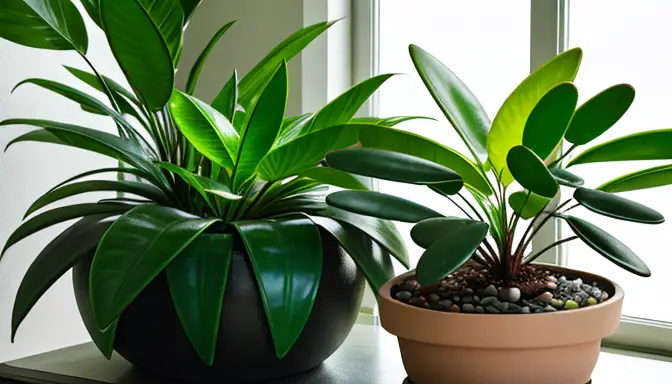
The is a symbol of good fortune and prosperity, making it a popular choice for indoor succulent enthusiasts. This resilient plant thrives in environments with well-draining soil and bright, indirect sunlight. To ensure the health and longevity of your Jade Plant, consider the following care tips:
- Light: Place your Jade Plant in a location that receives plenty of indirect sunlight throughout the day.
- Watering: Allow the soil to dry out between waterings to prevent root rot. Water sparingly, especially during the winter months.
- Soil: Use a well-draining cactus or succulent mix to promote healthy root growth and prevent waterlogged conditions.
- Temperature: Jade Plants prefer average room temperatures between 65-75°F (18-24°C) and can tolerate slightly cooler conditions in the winter.
- Fertilizing: Feed your Jade Plant with a diluted succulent fertilizer during the growing season to encourage growth and flowering.
![]()
decoding="async" src="https://plantandseedguide.com/wp-content/uploads/2024/04/easiest-succulents-to-grow-and-keep-alive-indoors_4.png" alt="Zebra Plant" />
Zebra Plant
The Zebra Plant, also known as Haworthia Fasciata, is a stunning succulent that adds a touch of elegance to any indoor space. Its unique striped foliage resembles a zebra’s stripes, hence the name. This visually appealing plant is a favorite among succulent enthusiasts for its low maintenance requirements and striking appearance.
When caring for a Zebra Plant, it’s essential to provide it with moderate light.
Placing it near a window where it can receive indirect sunlight is ideal..
Direct sunlight can scorch the leaves, so it’s best to avoid placing it in harsh sunlight for extended periods.
One of the
key reasons why the Zebra Plant is popular is its minimal watering needs. This succulent prefers to dry out between waterings to prevent root rot. Overwatering can be detrimental to its health, so it’s crucial to let the soil dry completely before watering again.
With its compact size and attractive appearance, the Zebra Plant is perfect for small spaces like desks, shelves, or windowsills. Its slow growth rate means you won’t have to worry about frequent repotting, making it an excellent choice for busy individuals or beginners looking to add a touch of nature to their home.
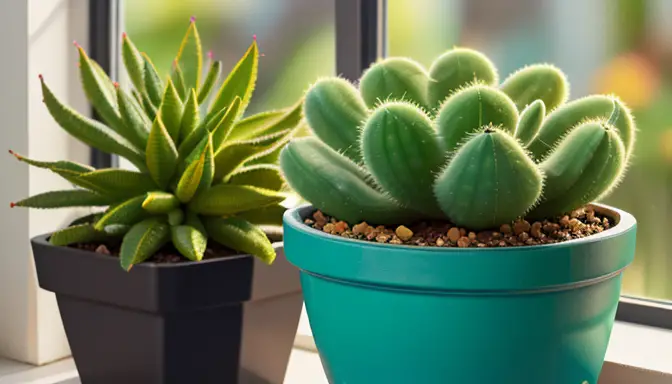
Burro8217s_Tail">Burro’s Tail
Burro’s Tail, also known as Sedum morganianum, is a stunning succulent characterized by its trailing stems adorned with plump, tear-shaped leaves. This unique plant is a favorite among succulent enthusiasts for its distinctive appearance and low-maintenance nature. When caring for Burro’s Tail, it is essential to provide it with bright, indirect light to prevent sunburn on its delicate leaves. Additionally, this succulent thrives in well-draining soil that allows excess water to escape easily, helping to prevent root rot. Watering should be done sparingly, allowing the soil to dry out between waterings to avoid overwatering, which can lead to issues like rot. Overall, Burro’s Tail is a beautiful and resilient succulent that can add a touch of elegance to any indoor space.
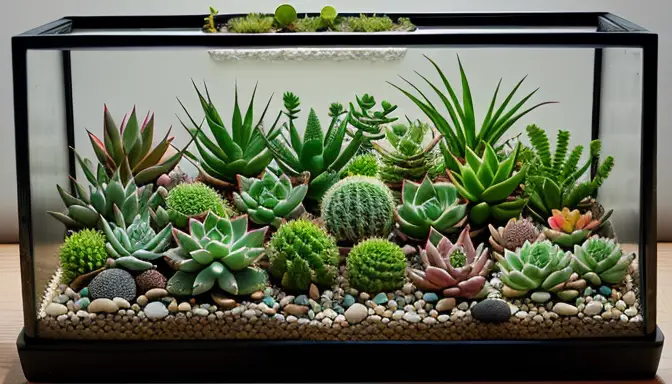
Hens and Chicks
Hens and Chicks, also known as Sempervivum, are delightful rosette-shaped succulents that are a joy to have in any indoor garden. These charming plants are not only visually appealing but also incredibly easy to care for, making them a popular choice for both beginners and experienced plant enthusiasts.
One of the
most fascinating qualities of Hens and Chicks is their ability to propagate effortlessly. These succulents produce small offsets, known as “chicks,” around the base of the main plant, resembling a hen surrounded by her chicks. This natural propagation process allows you to expand your succulent collection with minimal effort.
Another remarkable feature of Hens and Chicks is their resilience to neglect. These hardy succulents can tolerate periods of drought and require minimal maintenance, making them ideal for busy individuals or those prone to forgetting watering schedules.
When caring for Hens and Chicks, ensure they are planted in well-draining soil to prevent waterlogged roots, which can lead to rot. Additionally, provide these succulents with bright, indirect light for optimal growth and vibrancy.
![]()
ng="async" src="https://plantandseedguide.com/wp-content/uploads/2024/04/easiest-succulents-to-grow-and-keep-alive-indoors_7.png" alt="Panda Plant" />
Panda Plant
Named for its fuzzy appearance, the is a drought-tolerant succulent that prefers well-draining soil and bright, indirect light to thrive indoors.
This unique plant features soft, velvety leaves with a silvery sheen, resembling the fur of a panda bear..
The is an excellent choice for those looking to add a touch of whimsy to their indoor garden.
When caring for a , it is important to avoid overwatering as it is susceptible to root rot. Allow the soil to dry out completely between waterings to prevent moisture-related issues. Additionally, ensure that the plant receives adequate sunlight, as insufficient light can cause the leaves to lose their vibrant color.
ear:both; margin-top:0em; margin-bottom:1em;">
See also
Magical Flowers That Start With the Letter U
To promote healthy growth, consider using a well-draining cactus or succulent soil mix for your . Regularly inspect the leaves for signs of pests or diseases, and promptly address any issues that may arise to keep your plant thriving.






